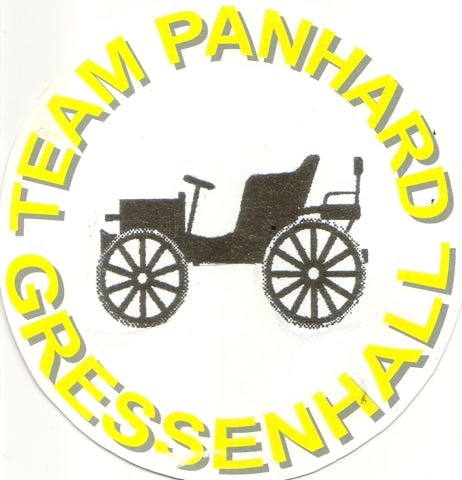
Connecting Rod Replacement 2016/17



It had been apparent for many years that the connecting rods were weak. When Rolls Royce rebuilt the engine in 1966, they discovered two of the rods were cracked at the top just under the gudgeon pin boss. At that time, they chose to machine away the cracked metal and fill the resultant grooves with weld.
In 1996 the pistons were replaced with aluminium alloy versions in place of the original cast iron ones. It was recognised that the lower weight of these would reduce the stress on the rods, but replacement would still be desirable.
The rods were removed early in 2016 and crack tested again, which confirmed that cracks had reappeared.
It was felt that continued running could end in catastrophic failure, so a decision was taken to investigate the cost of getting new ones made.
An engineering drawing of the rods had been prepared when the pistons were replaced, but modern manufacturing methods required a 3D computer model. The opportunity was taken to use the services of local company S-CAN 3D Ltd to laser-scan the rods and create the computer models.
In searching for a machine shop with experience in manufacturing rods we chose a company near Bedford called Turbo Sport who make con-rods for high performance cars, so they were approached to give a price. Whilst these rods were considerably larger than their normal range, they were confident their expertise would allow them to successfully make a set.
We are very grateful to the Friends of Gressenhall for providing the funds to meet the cost of this work.
Inevitably the process which also involved replacing the gasket heads took time, so it was not until August 2017 that we were able to collect the finished rods. We then re-assembled the engine, using the existing big-end bearings, and successfully started and drove the car again.
Original connecting rod - fluted design


Original connecting rod plain design

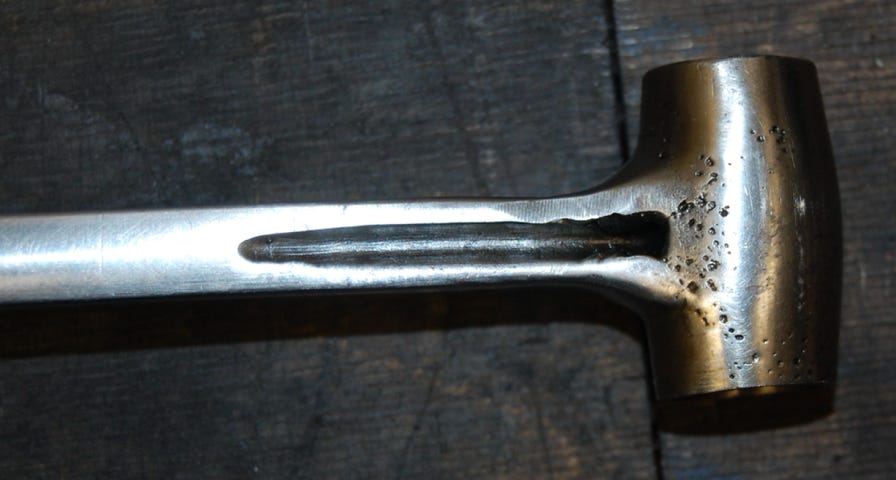
Scan of plain rod
Scan of fluted rod
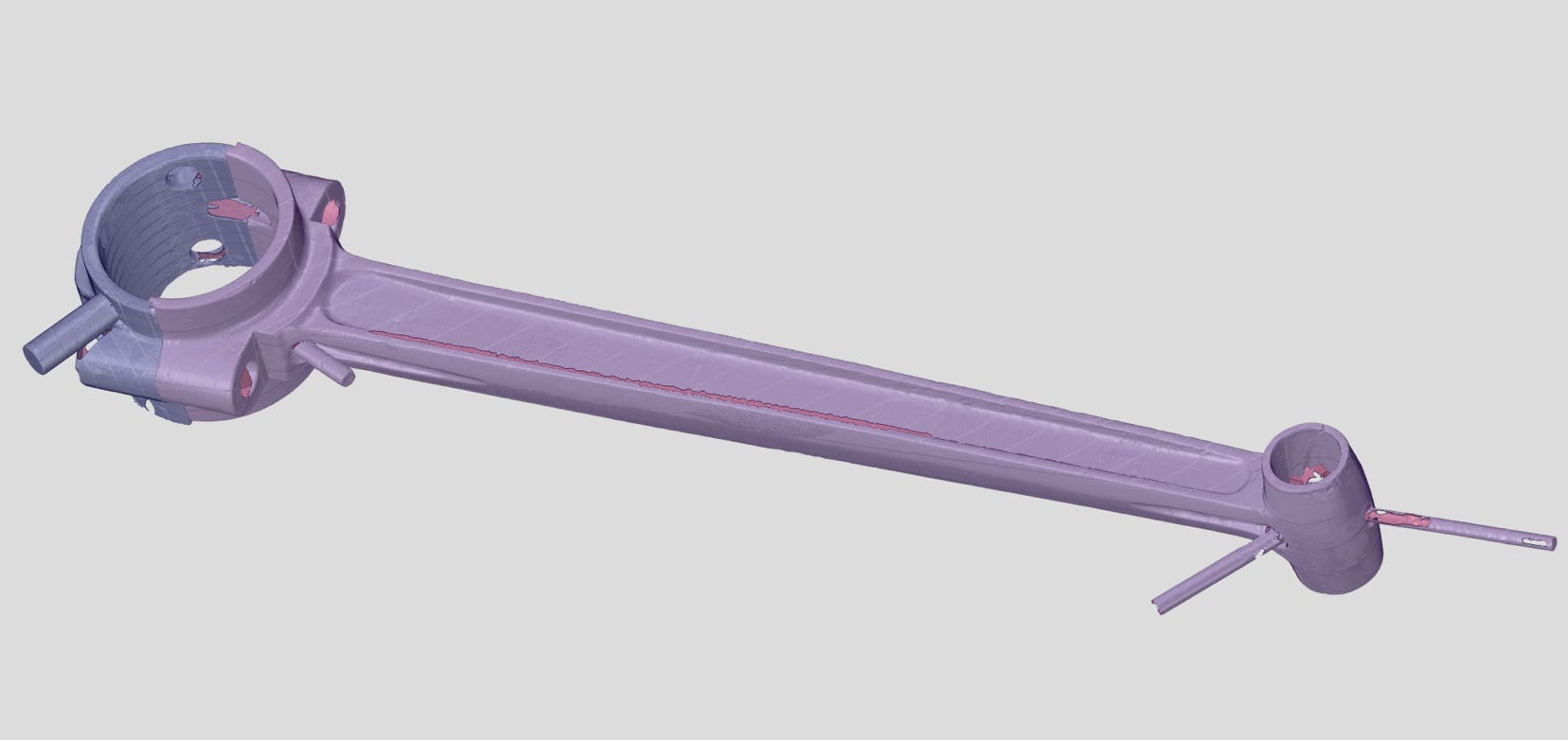
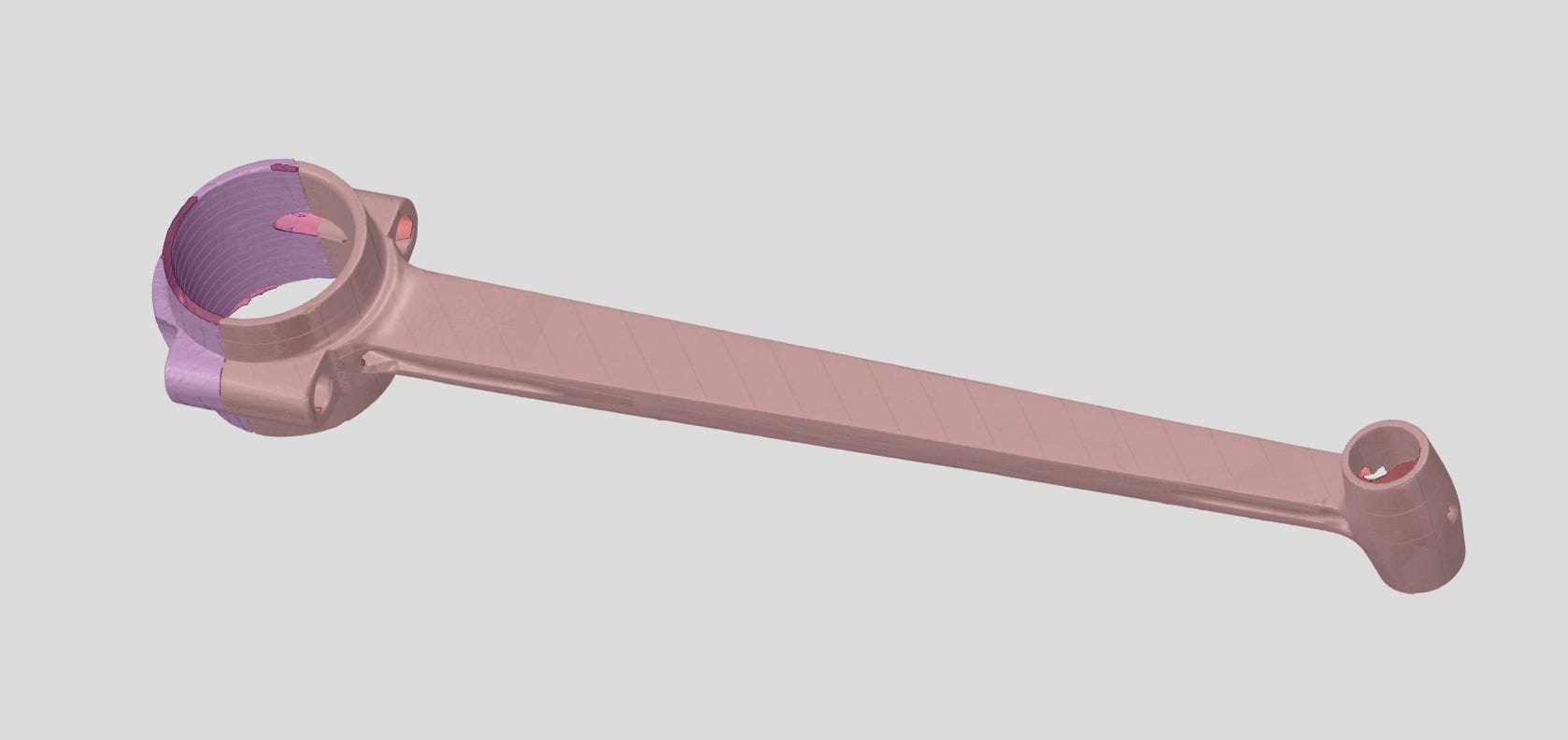
The new rods and their assembly
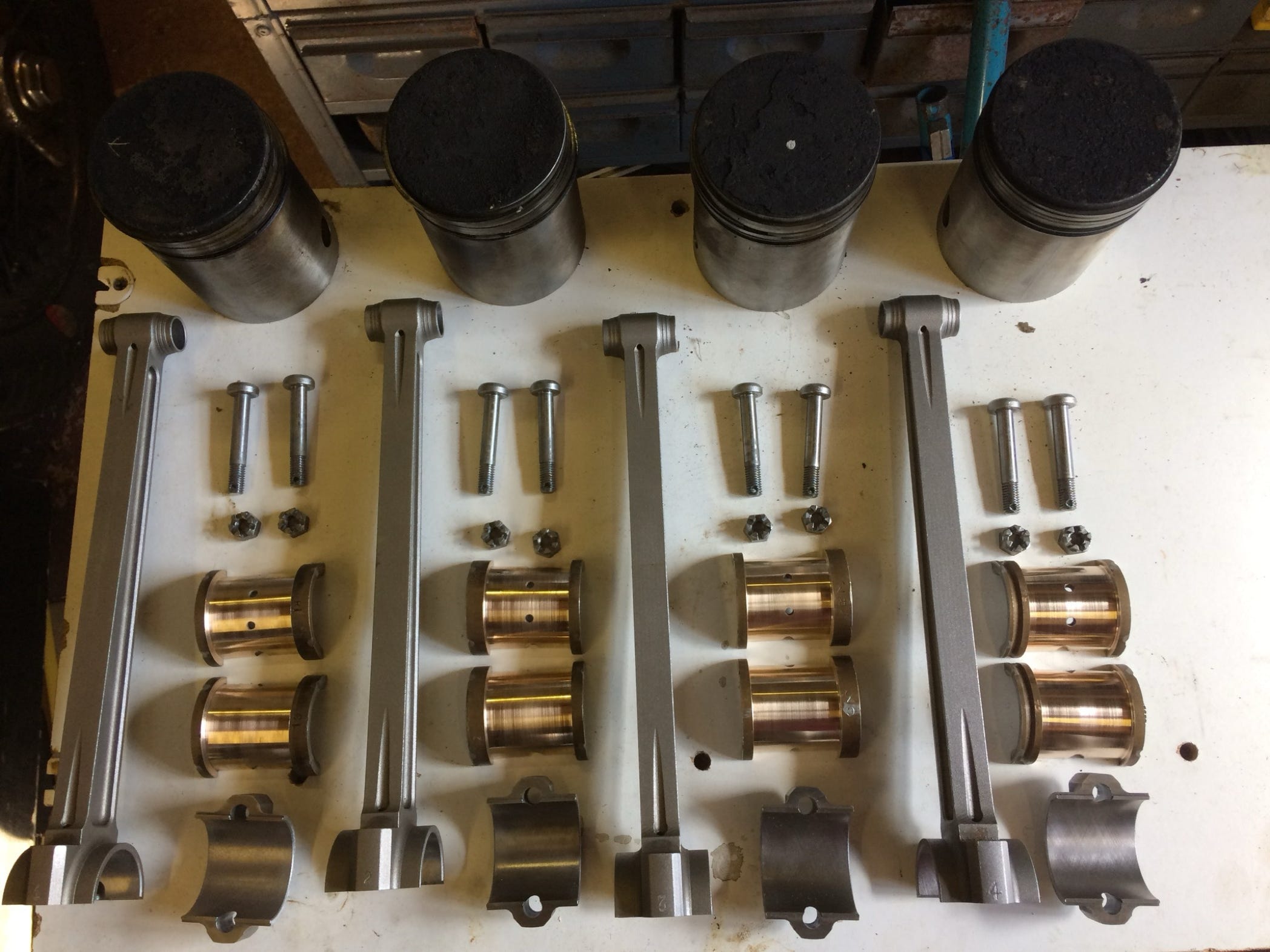
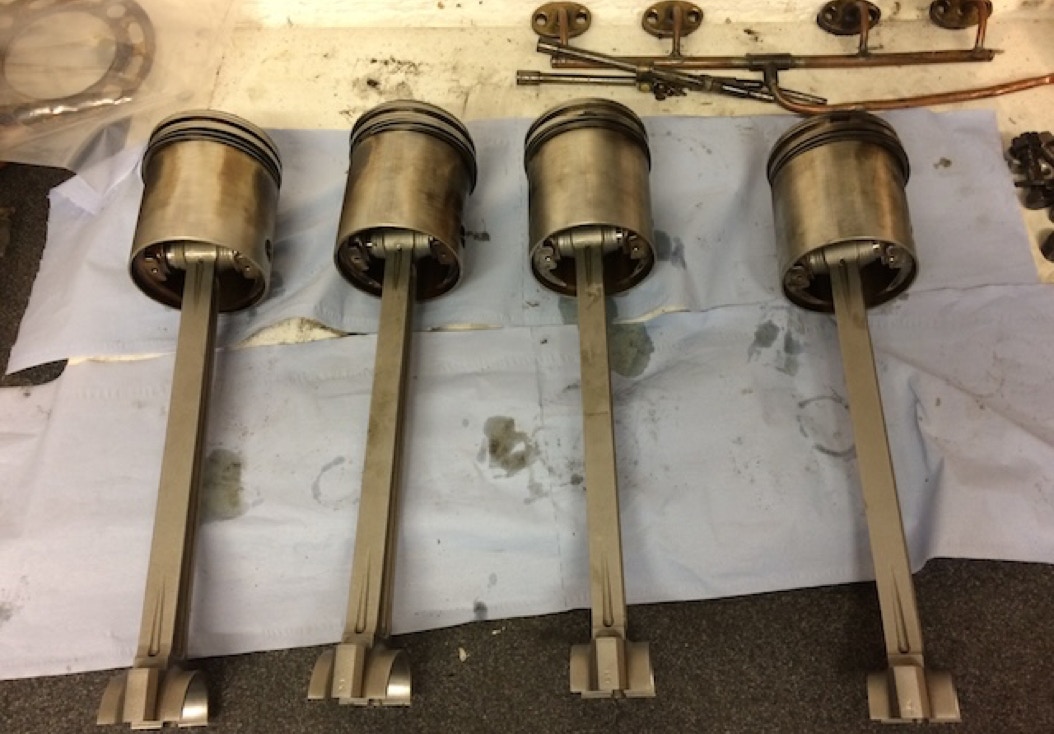
Replacement head gasket manufacture in progress
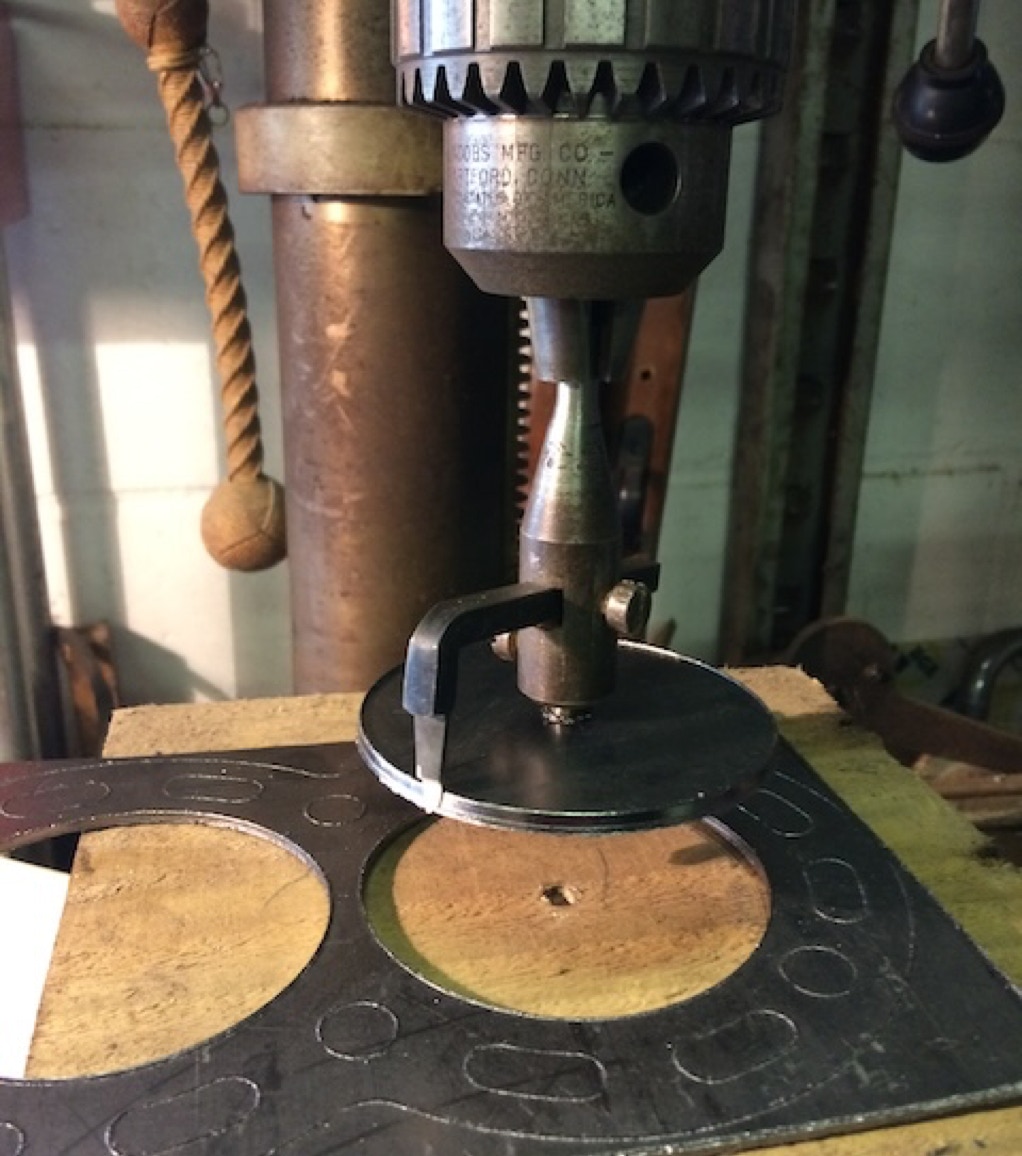
Page updated
Copyright Team Panhard
2024